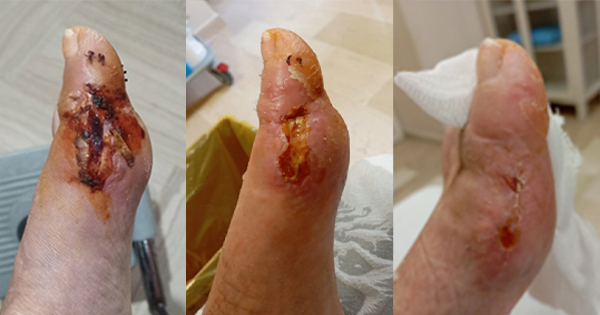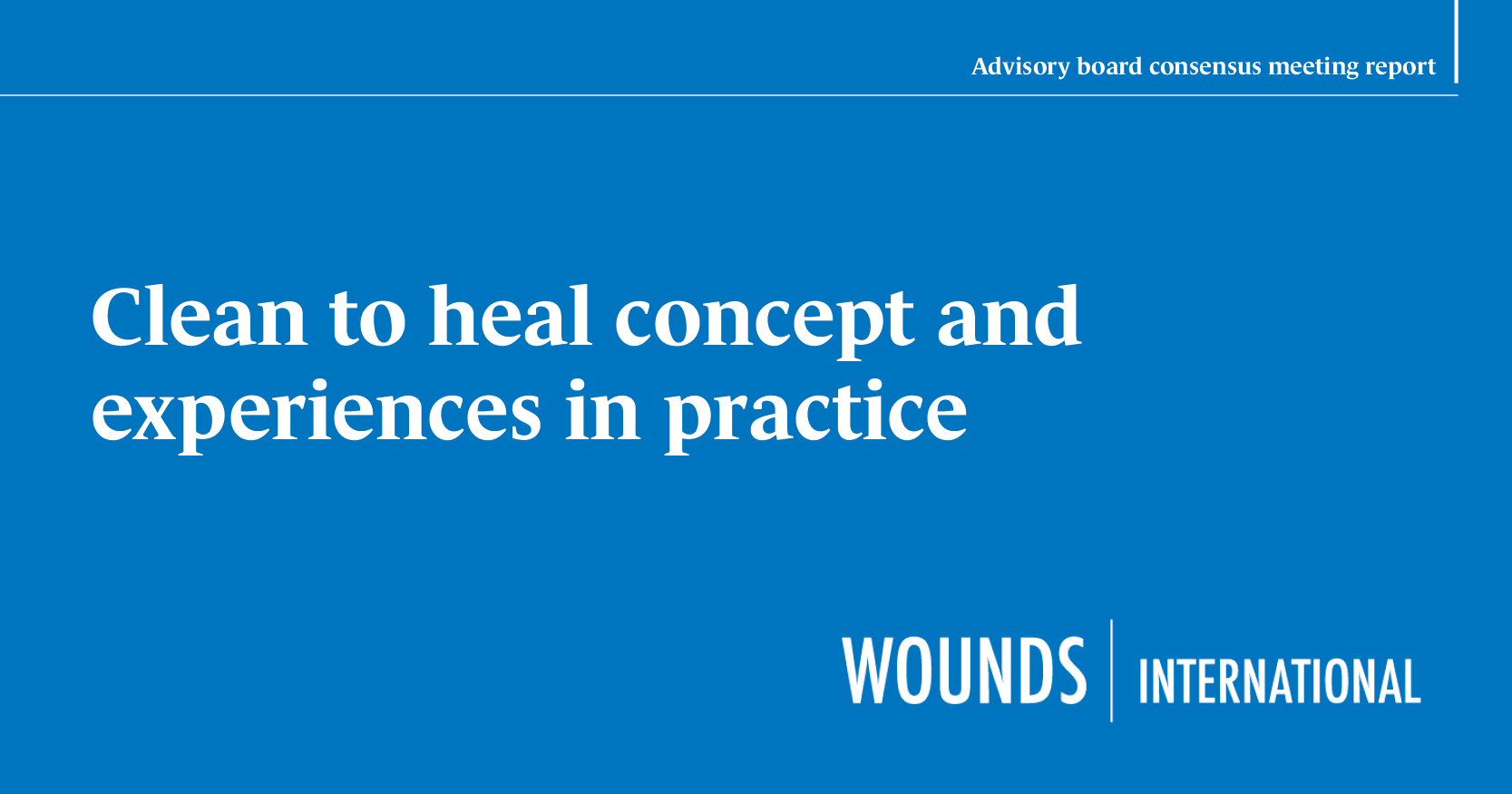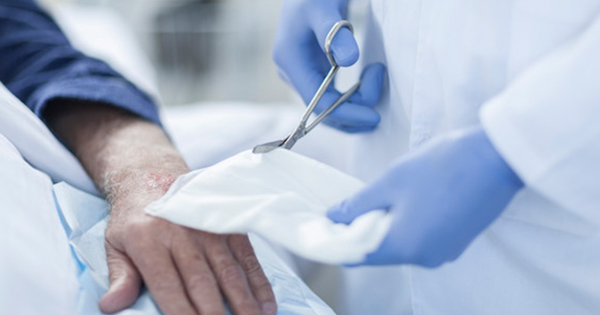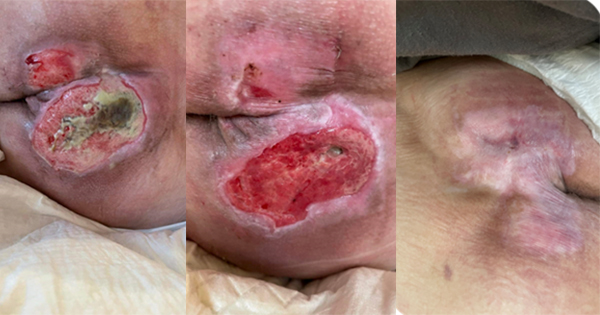The T.I.M.E. clinical decision support tool (CDST; Moore et al, 2019; World Union of Wound Healing Societies, 2020) is based on the well-established T.I.M.E. wound bed preparation framework (Schultz et al, 2003). The tool has been further developed to help support clinicians to assess different wound types – namely venous leg ulcers, pressure ulcers/injuries (PUs/PIs), diabetic foot ulcers and dehisced surgical wounds. In this article, a team of nonwound care specialists (homecare nurses) in the USA used the PI aetiologyspecific T.I.M.E. CDST to help guide wound bed preparation, dressing selection and ongoing management of three patients. The prevalence of PIs is of clinical concern with an estimated 2.5 million treated each year in the United States (Berlowitz, 2019). PI treatments include regularly changing position, using special mattresses to redistribute pressure, dressings to help heal the injury and, occasionally, surgery may be required (NHS, 2020).





